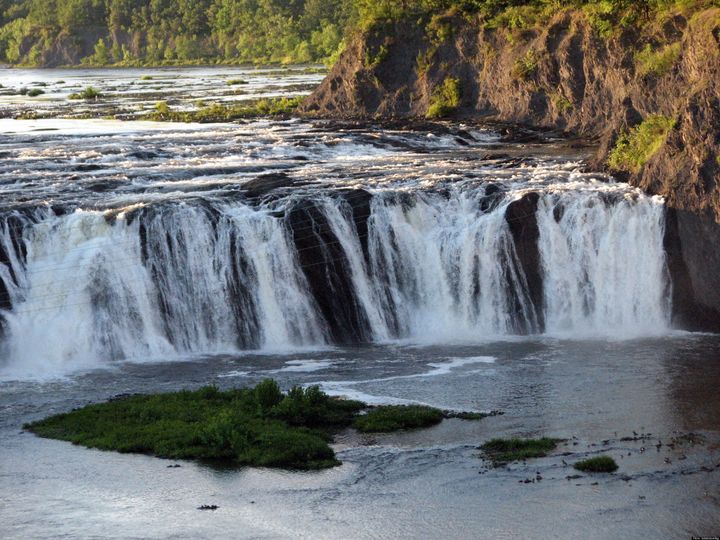
We all take water for granted. Even though water is critical for human life, ecosystems, and as a major process or product input for industry, it's a resource that very few of us think actively about managing. And of all environmental issues, it's the least debatable; when there's no more water in a region, you don't need scientists to tell you.
Companies need to develop strategies for managing this important resource as water stress becomes the norm in many regions of the world. As a starting point, some organizations are now conducting "water footprints" to figure out where in the value chain their businesses are vulnerable.
Doesn't this sound familiar? Haven't we been down this road before with energy and carbon emissions? It's very easy to describe water as 'the next carbon', and many have, but it's not really the same. Before we lay out some reasons why, let's look at a few recently released reports that highlight how businesses are beginning to approach this challenge.
The Carbon Disclosure Project (CDP) has been extremely successful in compelling companies to assess their carbon footprint, develop carbon strategies, set reduction targets, and reduce their emissions. Now the CDP has turned its attention to water as well and recently released the results of its first Water Disclosure (WD) questionnaire (pdf).
Here are a few highlights from the 2010 CDP WD report, which went out to 302 of the world's largest companies. Of the respondents (and 25 unsolicited submissions)...
- 50 percent of the companies foresee near-term risks (1 to 5 years), with 39 percent currently experiencing impacts such as disruption to operations from drought or flooding, declining water quality, and increases in water prices.
- 67 percent already report on water related issues to the board or executive committee level.
- 89 percent have developed specific water policies, strategies and plans
- 60 percent have set water-related performance targets.
And the CDP WD is not alone -- several key reports on water risk and opportunity have recently been released.
- Murky Waters: Corporate Reporting on Water Risk (Ceres)
- The Ripple Effect: Water Risk in the Municipal Bond Market (Ceres)
- Water Futures (SAB Miller)
- Charting our Water Future (2030 Water Resources Group)
The bottom-line conclusions from all of these reports are in general these:
- Water demand is increasing
- Climate change will impact water availability
- Water quality is decreasing
- Price does not reflect the real value of water (which causes massive underinvestment in infrastructure, which we'll show in the next post)
- The public and private sectors need to collectively develop new ways to manage water.
Ok, so back to water and carbon. In the sense that businesses need to consider the risks and opportunities inherent in managing natural resource pressures, they represent similar challenges. But we see a few additional, fundamental differences between the two:
- Carbon is fungible but water is not. The environmental issues stemming from emitting of a ton of carbon are fundamentally the same everywhere on the planet.
- In contrast, geography and time are critical aspects of water availability and management. All water issues are local -- any global water strategy is actually implemented within each and every watershed.
- Water has a strong social and cultural dimension. Many people believe in a "human right to water" which makes pricing this resource even harder than putting a price on carbon.
- Water is the ultimate renewable resource -- we just need to price water according to value and ensure we do not continue to manage it as a throw away commodity.
- Finally, to be overly obvious, water is desired, beneficial, necessary.
Given these significant differences, it would be tempting to say that companies need to develop a stand-alone strategy for water. But instead we recommend integrating water strategy into energy, carbon, and other resource strategies, all while navigating the differences between them.
The investors behind CDP understand the business imperative to managing water well, as do some of the companies with the most to gain in solving the problem. (Note: In part 2 of this post next week, we'll look at some companies both reducing water risk and also generating new business opportunities by helping others manage this precious resource.)
How aware is your organization of its own risks and opportunities? Now is the perfect time to answer this question. It's not too late.
This post is co-authored by Will Sarni, a a director with Deloitte Consulting LLP. He leads Enterprise Water Strategy for Deloitte's Sustainability Services. He is an internationally recognized thought leader on sustainability and is the author of the upcoming book, Corporate Water Strategies (Earthscan).
Cross posted at Harvard Business Online.
